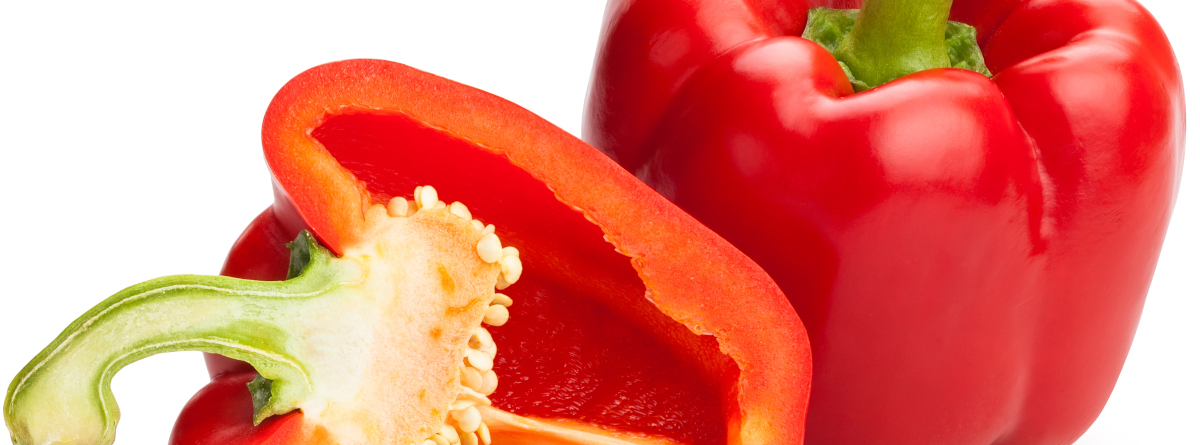
How to select
- Look for peppers that are firm with a shiny, bright appearance.
- A good pepper feels heavy for its size.
- Soft, shriveled peppers or peppers with bruises or soft spots should be avoided.
How to prepare
- Rinse peppers under running water.
- Pay attention to crevices.
- Gently scrub with a vegetable brush any dirt or residue.
- Remove seeds before eating
How to store
- Wash your peppers just before you eat them to keep them fresh.
- Whole peppers can be stored in the refrigerator for up to a week.
- Cut peppers can be stored in a covered container in the refrigerator for two days.
- Place peppers in a freezer bag or container and store in the freezer to keep them longer.
Peak season
Summer
Ways to use
- Stuff peppers with beans, brown rice, and vegetables.
- Put diced peppers in your scrambled eggs.
- Slice peppers and enjoy with your favorite dip.
- Add pepper rings to your pizza
Fun facts
- A red pepper is really just an extra-ripe green pepper.
- The most popular pepper in the United States is a green bell pepper.
- Bell peppers came from Central and South America.
Nutrition facts and info
Bell peppers contain chemical compounds that can prevent cancer and lower disease risk. Bell peppers are great for your skin and immunity because of the large amounts of vitamins A, C, and E.
1 cup chopped bell peppers = 30 calories, 7 g carbs, 3 g fiber, 15 mg calcium, 15 mg magnesium, 30 mg phosphorus, 261 mg potassium, 120 mg vitamin C
Learn more
Growing peppers in home gardens (UMN Extension)
Sources
Food Network. In Season: Bell Peppers.
Wisconsin Department of Public Instruction. Bell pepper. (PDF)